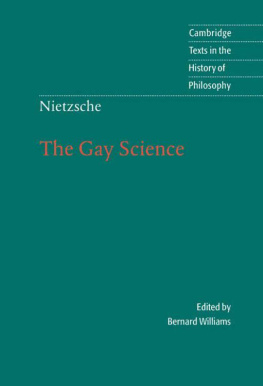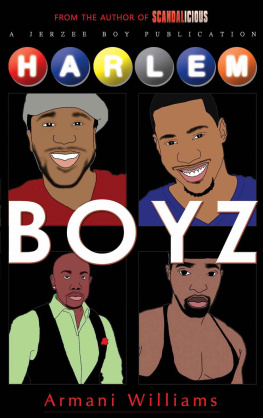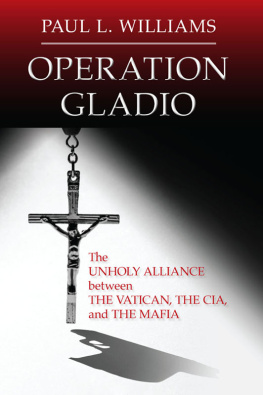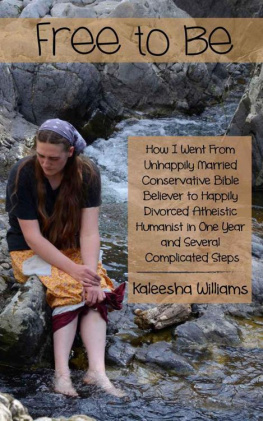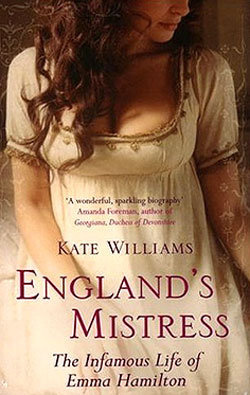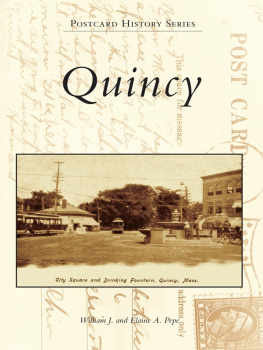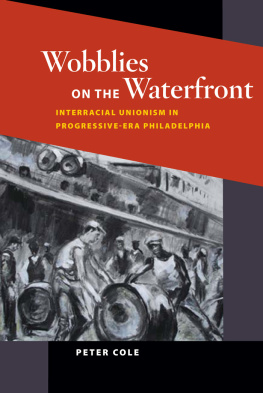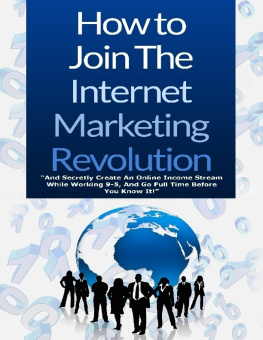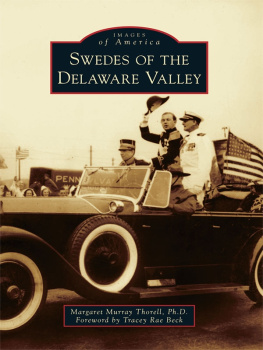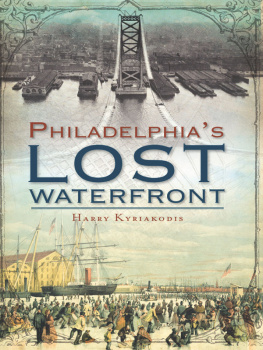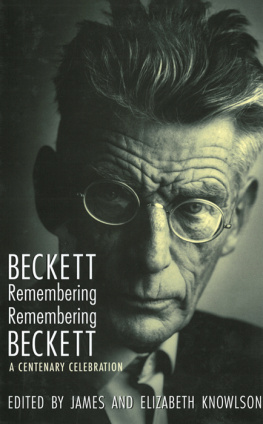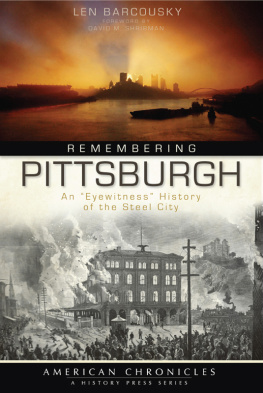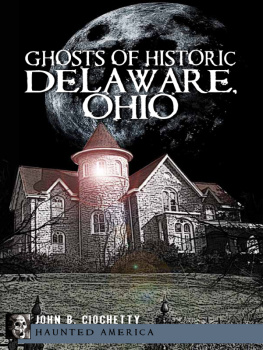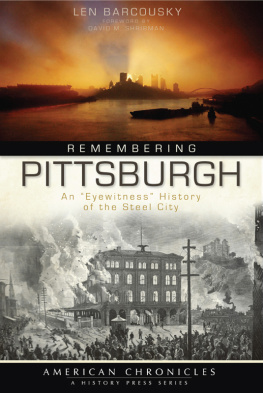Williams - Philadelphia: the World War l years
Here you can read online Williams - Philadelphia: the World War l years full text of the book (entire story) in english for free. Download pdf and epub, get meaning, cover and reviews about this ebook. City: Pennsylvania;Philadelphia;Philadelphia (Pa, year: 2013;2014, publisher: Arcadia Publishing, genre: Non-fiction. Description of the work, (preface) as well as reviews are available. Best literature library LitArk.com created for fans of good reading and offers a wide selection of genres:
Romance novel
Science fiction
Adventure
Detective
Science
History
Home and family
Prose
Art
Politics
Computer
Non-fiction
Religion
Business
Children
Humor
Choose a favorite category and find really read worthwhile books. Enjoy immersion in the world of imagination, feel the emotions of the characters or learn something new for yourself, make an fascinating discovery.

- Book:Philadelphia: the World War l years
- Author:
- Publisher:Arcadia Publishing
- Genre:
- Year:2013;2014
- City:Pennsylvania;Philadelphia;Philadelphia (Pa
- Rating:3 / 5
- Favourites:Add to favourites
- Your mark:
- 60
- 1
- 2
- 3
- 4
- 5
Philadelphia: the World War l years: summary, description and annotation
We offer to read an annotation, description, summary or preface (depends on what the author of the book "Philadelphia: the World War l years" wrote himself). If you haven't found the necessary information about the book — write in the comments, we will try to find it.
Philadelphia: the World War l years — read online for free the complete book (whole text) full work
Below is the text of the book, divided by pages. System saving the place of the last page read, allows you to conveniently read the book "Philadelphia: the World War l years" online for free, without having to search again every time where you left off. Put a bookmark, and you can go to the page where you finished reading at any time.
Font size:
Interval:
Bookmark:
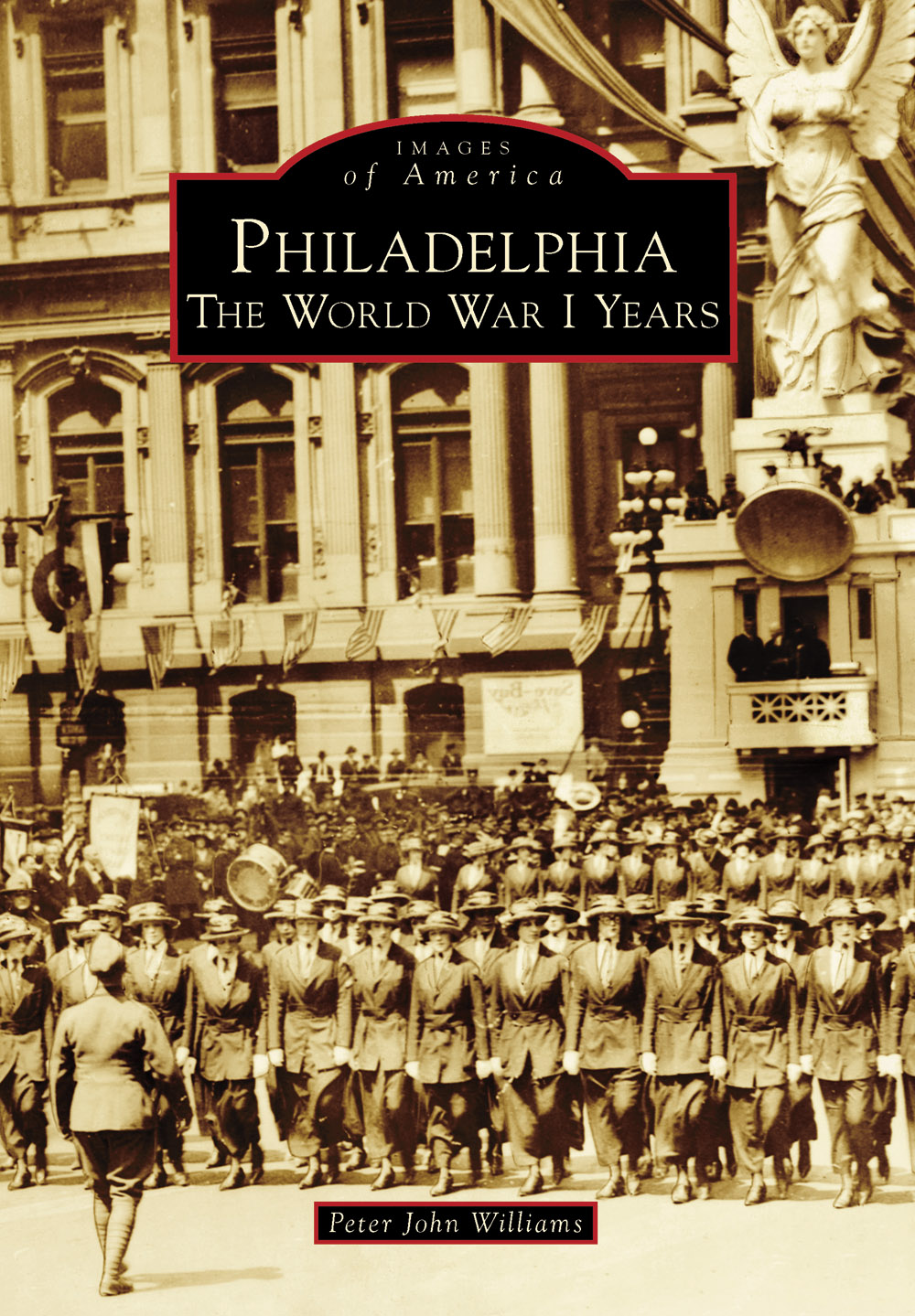
IMAGES
of America
PHILADELPHIA
THE WORLD WAR I YEARS
ON THE COVER: Shown here is the womens battalion of the Lit Brothers Department Store marching at the Victory Loan parade on April 24, 1919. These Lit Brothers Cadet Girls participated in Liberty Loan drives and soldiers and sailors aid committees, staffed canteens, and assisted the Red Cross and other relief organizations. (Courtesy Special Collections Research Center, Temple University Libraries, Philadelphia, Pennsylvania, World War I Photographs.)
IMAGES
of America
PHILADELPHIA
THE WORLD WAR I YEARS
Peter John Williams

Copyright 2013 by Peter John Williams
ISBN 978-1-4671-2063-0
Ebook ISBN 9781439644379
Published by Arcadia Publishing
Charleston, South Carolina
Library of Congress Control Number: 2013939117
For all general information, please contact Arcadia Publishing:
Telephone 843-853-2070
Fax 843-853-0044
E-mail
For customer service and orders:
Toll-Free 1-888-313-2665
Visit us on the Internet at www.arcadiapublishing.com
To Marylou and Kathleen, for their help, support, patience, and love
CONTENTS
ACKNOWLEDGMENTS
There are several people without whose help this book would not have been possible, and I thank them for their help, advice, and guidance: Megan Good, director, J. Welles Henderson Archives & Library, Independence Seaport Museum; Christopher Dixon, archival research librarian, Post Learning Commons and Drexel Library, Saint Josephs University; William Conners, director of the Villiger Archives at St. Josephs Preparatory School; Brother Joseph Grabenstein, archivist, LaSalle University; Hillary S. Kativa, rights and reproductions associate, Historical Society of Pennsylvania; Margery Sly, director, Special Collections Research Center, Temple University, and the staff of the Urban Archives; Anne Vinci and the staff of the Wildwood Historical Society; Bob Shea and the staff of the Philadelphia Firemans Hall Museum; Palma Lucas and the staff of the Philadelphia Mummers Museum; and Ronald Karam, Esq, of Schnader Harrison Segal & Lewis.
Additionally, I would like to thank Rich Buser for the time, assistance, and invaluable help he provided in photographing the monuments to those who served throughout the city. I would also like to thank Mike Drzal, Gregory Ray, Angelo Milicia, Steve Coper, Mary Collins, and Jack Foy for their time and effort in helping collect and prepare some of the photographs for this book. To each of you, I send my sincere thanks and deepest gratitude.
INTRODUCTION
During the first two decades of the 20th century, Philadelphia was a very different place than the city of today. Outsiders, especially those in the citys northern neighbor, New York, saw the town as dull, conservative, unchanging, and sleepy. Even some of its homegrown commentators shared this view. The essayist Christopher Morley described Philadelphia as a large town at the confluence of the Biddle and Drexel families... surrounded by cricket teams, fox hunters, beagle packs, and the Pennsylvania railroad. Although humorous, this view was far from reality.
In 1914, Philadelphia was the third largest city in the United States with a population of just over 1.5 million people. After the Civil War and as a result of the Industrial Revolution, Philadelphia had become a major manufacturing center and was nicknamed the Workshop of the World. Industries, both large and small, dotted the citys landscape and filled its air with smoke, ash, and dirt. By 1918, the greene country towne envisioned by William Penn had almost disappeared.
Between 1901 and 1915, Philadelphias population had grown by one-third. This increase was primarily due to immigrants from Eastern and Southern Europe. Additionally, the African American population would grow from about 60,000 residents, or five percent, to 134,000 by 1920, as black workers from the South moved into the city for work as a result of the military mobilization of the shipbuilding and manufacturing industry. However, segregation was still the accepted social norm. The movement of blacks into formerly all-white neighborhoods even resulted in a race riot in the summer of 1918. But, eventually, all these new Philadelphians would change the look, culture, and feel of old established neighborhoods as well as creating new ones.
The middle and working classes were also making themselves heard in politics through fraternal and social organizations. Appalled by the corruption and graft of the political leadership, Philadelphians rose up, demanding changes in the way the city was run. Anticorruption candidates would run for mayor and city council. Although initially meeting with only moderate success, these movements would eventually be successful in changing the very structure of the city government.
Architecturally, construction of new public buildings, two-story row homes, and schools was taking place throughout the city to meet the needs of the growing population. Old revered buildings and even entire neighborhoods would disappear to make way for a new subway system and elevated railway line. In the center of the city, construction for a new grand boulevard, the Benjamin Franklin Parkway, modeled on the Champs Elysees in Paris, was begun. The parkway, when finally completed in 1926, gave Philadelphians a magnificent thoroughfare connecting the center of the city with Fairmount Park.
But soon, the focus of the city would change from the domestic and local issues concerning the residents to a terrible conflict in the Old World. On June 28, 1914, in the city of Sarajevo, Bosnia, the heir to the Imperial Throne of the Austro-Hungarian Empire, Archduke Franz Ferdinand and his wife, Sophie, were assassinated by a Serbian nationalist. Philadelphians read about the murders and the ensuing war in one or more of its newspapers. Like most Americans, they saw it as a European matter, a concern of countries and peoples far away which did not touch their lives. But it would.
When the United States of America declared war on Germany and its allies on April 6, 1917, Philadelphia mobilized like few other American cities. Almost overnight, Philadelphias manufacturing and textile companies converted to full wartime production. Private and city-sponsored organizations previously created to send relief to the people of war-torn Europe now marshaled their money, time, and efforts to support Americas war and our boys.
The shipyards on the Delaware River waterfront would produce hundreds of ships for the military, including battleships, destroyers, submarine chasers, and troop transports. Hog Island Shipyard was built in a little more than six months and became a city within a city. At its completion, it was the largest shipbuilding facility in the world. Hog Island, along with the already established private ship building companies on the Delaware River and the US Navy Yard at League Island, made Philadelphia one of the greatest centers of ship construction in the world.
The Great War years would forever change the citys landscape and its people. Philadelphia would experience sweeping change, and the people of William Penns greene country towne would come together as never before to support the war effort at home and their boys over there.
With this book, I have attempted to provide the reader with a glimpse of a Philadelphia now mostly gone. It is but a brief snapshot of the people and their city in a time of rapid transformation and how together, the city, businesses, and the people coped with the most devastating war in human history. In a very real sense, they did it the Philadelphia way, with the values that Philadelphians from all the social, economic, and ethnic groups agreed onhard work, perseverance, stubbornness, and a dogged determinationto get the job done and win the war.
Next pageFont size:
Interval:
Bookmark:
Similar books «Philadelphia: the World War l years»
Look at similar books to Philadelphia: the World War l years. We have selected literature similar in name and meaning in the hope of providing readers with more options to find new, interesting, not yet read works.
Discussion, reviews of the book Philadelphia: the World War l years and just readers' own opinions. Leave your comments, write what you think about the work, its meaning or the main characters. Specify what exactly you liked and what you didn't like, and why you think so.

